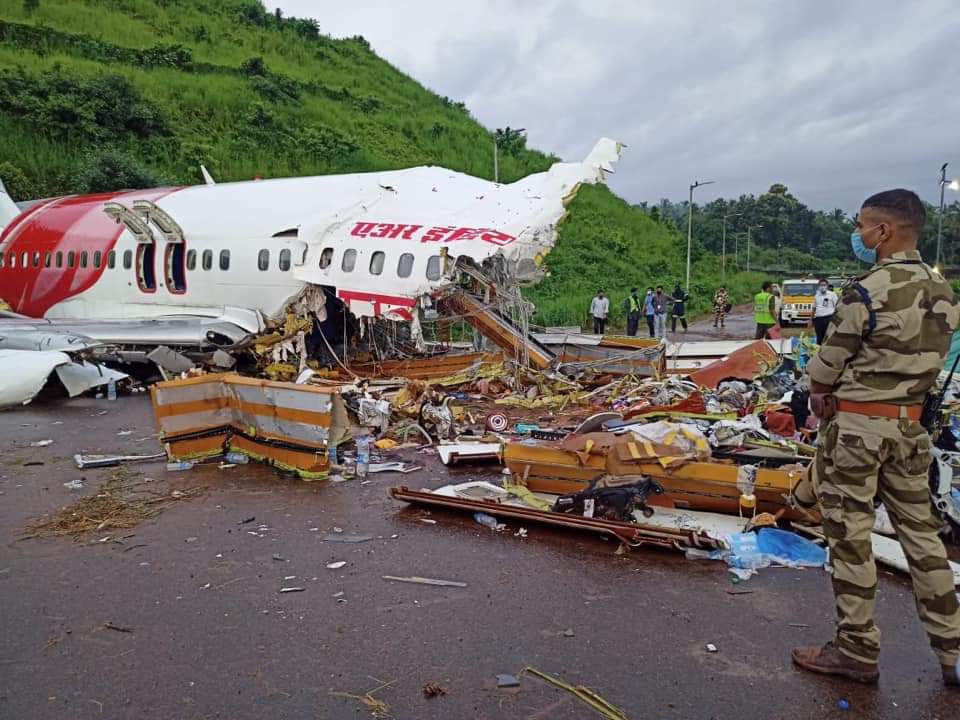New Delhi, Nov 15: Union minister Suresh Angadi on Friday dismissed the opposition's criticism over the state of the economy, asserting that "airports and trains are full and people are getting married" and this indicates that the country's economy is "doing fine".
Noting that the economy slows down every three years but it will pick up soon, the Minister of State for Railways said "some people" are trying to malign the image of Prime Minister Narendra Modi.
"Airports are full, trains are full, people are getting married. Some people are doing this for nothing else but to malign the image of Narendra Modi," Angadi told reporters during an inspection of the soon to be commissioned Tunda Khurja eastern dedicated freight corridor.
"Every three years there is a fall in demand in the economy. It is a cycle. Then the economy picks up also," he added.
Opposition parties including the Congress have been criticising the government over the state of the economy and plan to raise the issue in the upcoming Winter Session of the Parliament.







Comments
Angadi bandh malpu maraya..
We agree if Cheddis are getting Married
Shame on you.. Idiot
Please honor him with Nobel or Bharat Ratna
WOW!!!
What type of minister we have?
People they think about their age so right time would like to marry they won't be like RSs guy s
Comments Shows the hight capability knowledge .
Superb and first time after Independent our Nation got such minister.
One Indian Rs = 80$ great
Add new comment